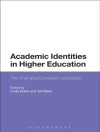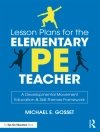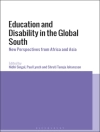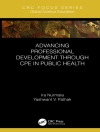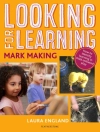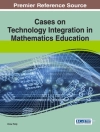Discipline and Learn: Bodies, Pedagogy and Writing explores how discipline is typically construed as a form of subjection in contemporary educational thought and in critical and cultural theory more broadly. It provides a critique of this emphasis on the repressive aspects of discipline highlighting its enabling potential and role in the development of dispositions to learning. The book engages with the work of a range of theorists: Foucault, Bourdieu, Merleau-Ponty, Mauss and Spinoza and considers their usefulness in theorizing embodiment and learning in the teaching of writing in the early years of school. Emphasis, however, is placed on the work of Bourdieu and his notion of habitus melding theory and practice in an ethnography of contemporary classrooms. This text is invaluable reading for students and academics across the social sciences and humanities interested in questions of embodiment, affect and their relation to learning. This is the most thought-provoking book to be published on pedagogy in a long, long time. Conceptually elegant and empirically rich, it undercuts conventional wisdom and potentially rearranges how we think about teaching, learning and writing. It argues that students’ bodies not just their minds matter in learning, explaining how, in practice, the desire to learn is a mindful bodily disposition. And it shows how, through an enabling form of discipline, teachers can produce a scholarly habitus in all students, including the educationally disadvantaged and defiant. Jane Kenway, Professor of Education, Monash University Discipline and Learn: Bodies, Pedagogy and Writing an excellent book which makes an important contribution to our understanding of both pedagogy and the body and which is sure to spark debate in both fields. It is careful and judicious in its approach but still manages to be provocative and original. Nick Crossley, Professor of Sociology, University of Manchester
Mục lục
Acknowledgements; Introduction: Discipline and learn; Section 1: Bodies in theory 1. Conceiving the body; 2. Pedagogy and the mindful body; Section 2: Bodies in text; 3. Tracing the body; Section 3: Bodies in practice; 4. Supple bodies: cultivating a desire to learn; 5. Transitional bodies: the affects of education; 6. Habituated bodies: established routines of practice; Conclusion: Disparate bodies; Appendix 1: Observation overview – KS; Appendix 2: Observation overview – KP; Appendix 2: Observation overview – 3R; Appendix 2: Observation overview – 3C; Appendix 2: Observation overview – 5D; Appendix 2: Observation overview – 5O; Notes; Bibliography; Index.



